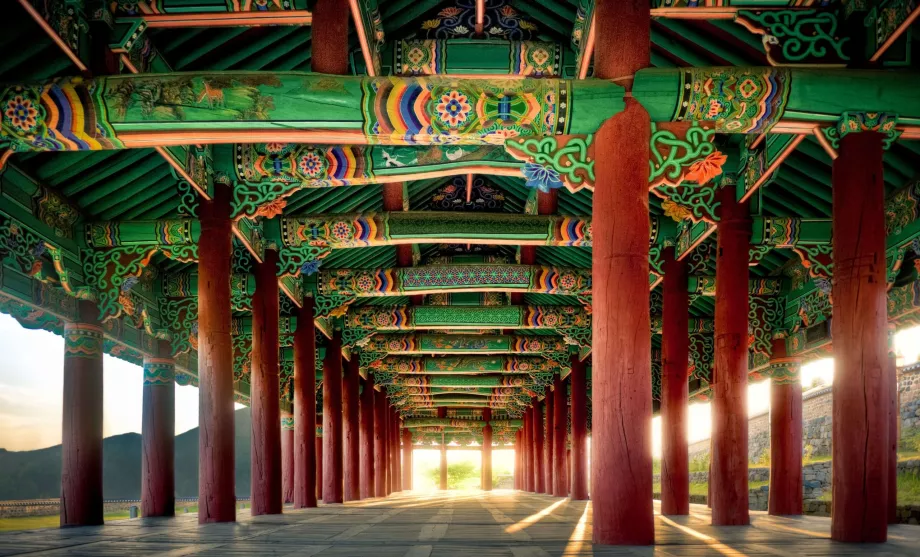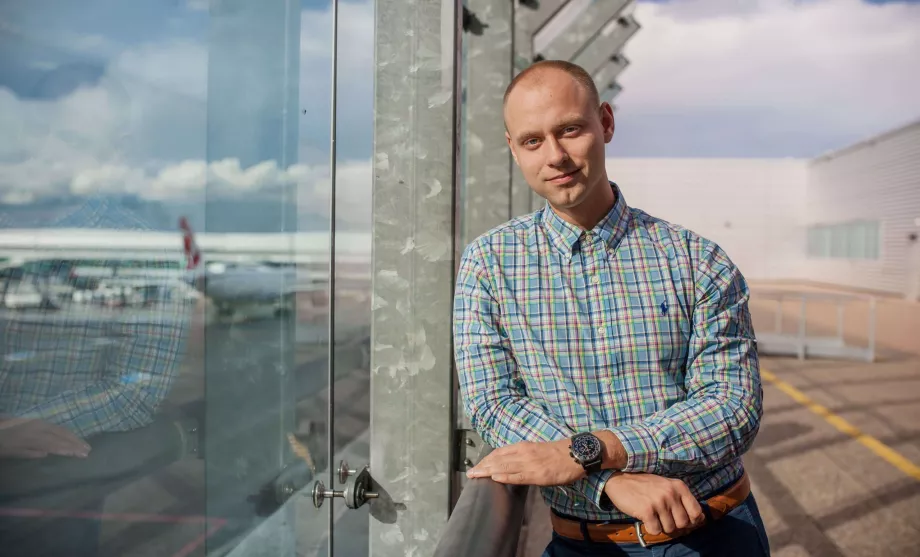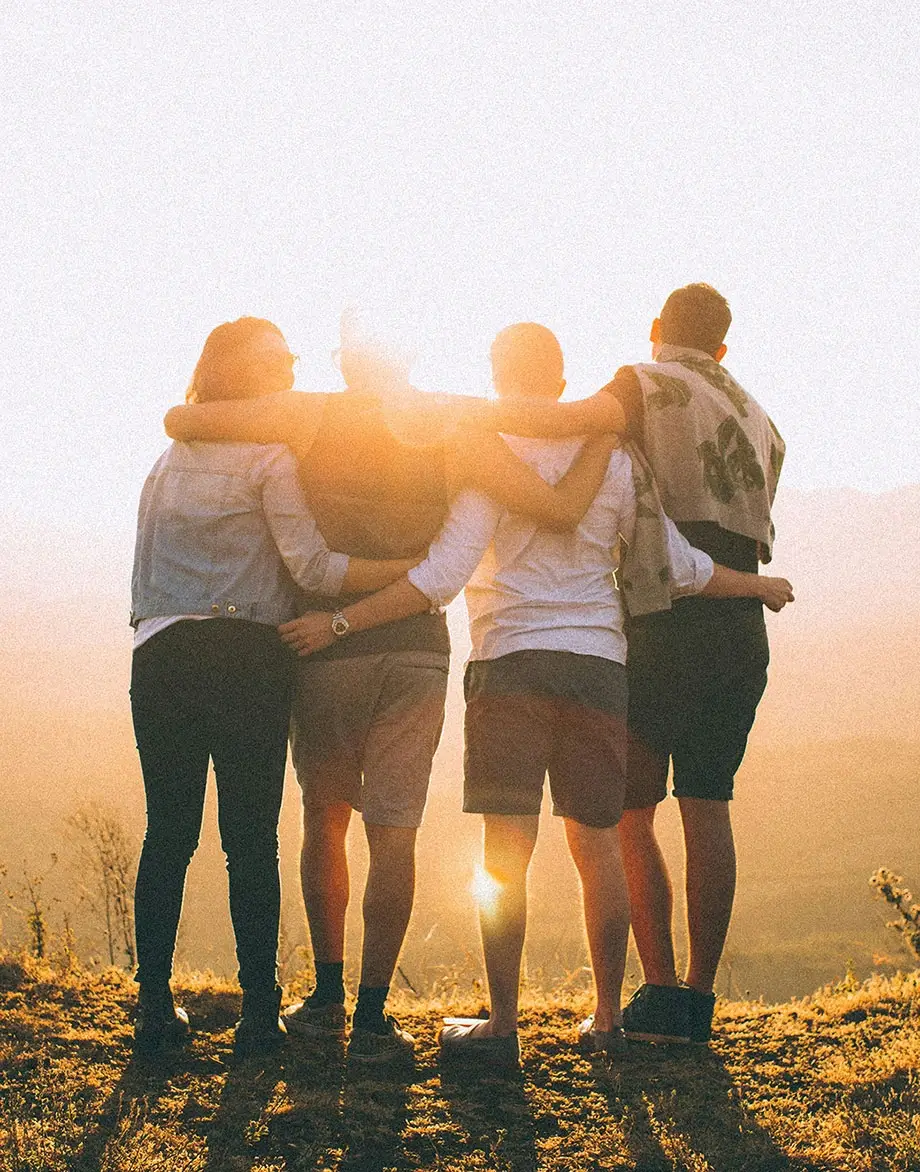Culture and history of South Korea

History in a nutshell
Korean history dates back to 2,333 BC, when Gojoseon was founded. According to legend, it was founded by the mythical Dangun, whose father descended from the heavens and whose mother transformed from a bear. Today, Korea is a republic. The most prominent ruling dynasty was the Joseon Dynasty (Joseon - Korean - 전주이씨, 全州李氏). It ruled from 1392 until 1910, when Korea was occupied by Japan.
Koreans still commemorate this dynasty today through various festivals and celebrations. The first presidential election was held in 1987. One of the presidents (Kim-Dae-Jung) even won the Nobel Peace Prize in 2000. In 2013, a woman - the daughter of a former president - took the presidential seat.
However, she didn't stay in her new post for long, as corruption charges against her culminated in 2016. It currently has tense relations with its northern neighbour, North Korea. They are separated by a strip over 200 kilometres long. You will mostly come across modern buildings as many buildings were destroyed during the Korean War.
People
The people are open, cheerful, curious, quick, sometimes even unfocused or distracted. They are used to foreigners in the cities and know basic English, but are still sometimes shy to speak. The foreigner is usually the one who starts the conversation. The people in the village are dressed in traditional clothing and don't know any English words, but they are all the more fun to communicate with! They often ask, "How old are you?" It's a very common question, don't be alarmed. Koreans are always respectful of their elders.
Holidays and festivals
During official holidays, only offices and banks are closed. Christmas is celebrated by Koreans on December 25. If you enjoy Valentine's Day, it's worth noting that on the 14th of February women give gifts to men and on the 14th of March it's the other way around. And while we "celebrate" the arrival of St. Martin on 11/11, Koreans observe Pepero Day, when couples in love give each other Pepero bars. The 1st of January is interesting, when they give the children in their family some money.
Most festivals, parades and celebrations are enjoyed during April. This is when the local cherry blossoms bloom, which adds to the local atmosphere.
Jinhae Gunhangje Festival (진해군항제)
This festival is one of the largest and most famous spring festivals in the country, with over 2 million tourists visiting each year. It begins with a commemoration of the reign of the Joseon Dynasty, also known as Dynasty I or R. During the festival, you can witness the famous parades of Koreans in traditional costumes, plus sample local food.
Starlight Festival (여좌천-벚꽃명소)
If you love walking around Prague at night and enjoy the sight of illuminated landmarks and never miss a festival of light in Prague, the Starlight Festival is for you. It is part of the Jinhae Gunhangje Festival. Around the Yeojwacheon River, enjoy a laser show, a lighted bridge and the surrounding cherry trees. It also includes a spectacular fireworks display.
A royal parade and a military music band
The royal street parade is performed every year around the Jungwon rotary. It is led by Admiral Yi Sun-sin and his army and highlights the war victories during the Joseon Dynasty. Near Jinhae Gymnasium and in the adjacent streets, listen to the sounds of the military band and admire the performance of the military honor guard.
Culture
Koreans are brought up to respect and humility towards their elders and authority in general. In their language, they even recognize six levels of howling and nodding. There is an emphasis on collectivism in society. They hold traditional values and care deeply about relationships, not just family ones. Buddhism, Confucianism and Christianity (Protestantism) are widespread in the society.
Peculiarities and differences
- Snoring in public is a misdemeanour,
- They do not give each other birthday presents,
- They kneel on the floor at meals and do not put their feet under the table.
The flag is officially called the Tchägukki - 태극기 / 太極. In the centre we find the red and blue yin and yang symbol and in each of the four corners there is one trigram. The täguk symbol reflects the centuries-old tradition of harmony between the two opposites yin and yang, which derives from Taoism but is present in all schools of thought in Korea - Confucianism, Buddhism, Shamanism, and perhaps even Christianity. The white background of the flag symbolises light and purity and expresses the Korean nation's desire for peace. The four trigrams around the centre symbolise heaven, earth, fire and water. All these elements together express cosmic harmony and unity. The flag represents the ideal of national prosperity and universal truth that all Koreans hold dear.
Traditional arts include gugak, which translates to national music, and other arts such as artistic dances, songs and performances. In addition, Koreans have also inherited a wide variety of national dances from their ancestors: such as salpurichum (spiritual-purifying), gutchum (ritual shamanic dances), taepyeongmu (peace dances), hallyangchum (literally "lazy people's" dances), buchaechum (dances for fun), geommu (sword dances), and seungmu (monks' dances). In addition, talchum (mask dancing) and pungmul nori (playing with musical instruments) are well known for their satirical nature. Painting and calligraphy have been known since ancient times and were influenced by China. Pottery and handicrafts are also worth mentioning.
Traditional South Korean clothing is referred to as Hanbok. It is a dress without pockets, characterised by bright colours. It is still worn at traditional celebrations or festivals.
Language
The official language is Korean. English can be spoken easily in the cities and tourist areas, especially with the younger generation.
Tourism
Despite having so much to offer, South Korea still remains slightly in the shadow of its more famous, eastern neighbour, Japan. Most tourists are found in Seoul, the capital, where all services are concentrated. Everywhere you go, you'll encounter inquisitive Koreans with their best smartphones and cameras, especially on weekends and days off when they head out for excursions.
Geography
The country is located on the southern part of the Korean peninsula. There are many other small islands nearby, the largest of which is Jeju Island. It is also interesting because it is home to the highest point in Korea and the extinct Halla-san volcano, and is the only place in the country that is already in the subtropical zone. To the west, Korea is washed by the waters of the Yellow Sea, to the east by the waters of the Sea of Japan. The Koreans call the Yellow Sea the West Sea and the Sea of Japan the East Sea because of post-war hostility towards the Japanese. Korea is a very mountainous country, but in the south we find lowlands that occupy only about 30% of the area.
Any questions left?
If you have any questions or comments about the article...

